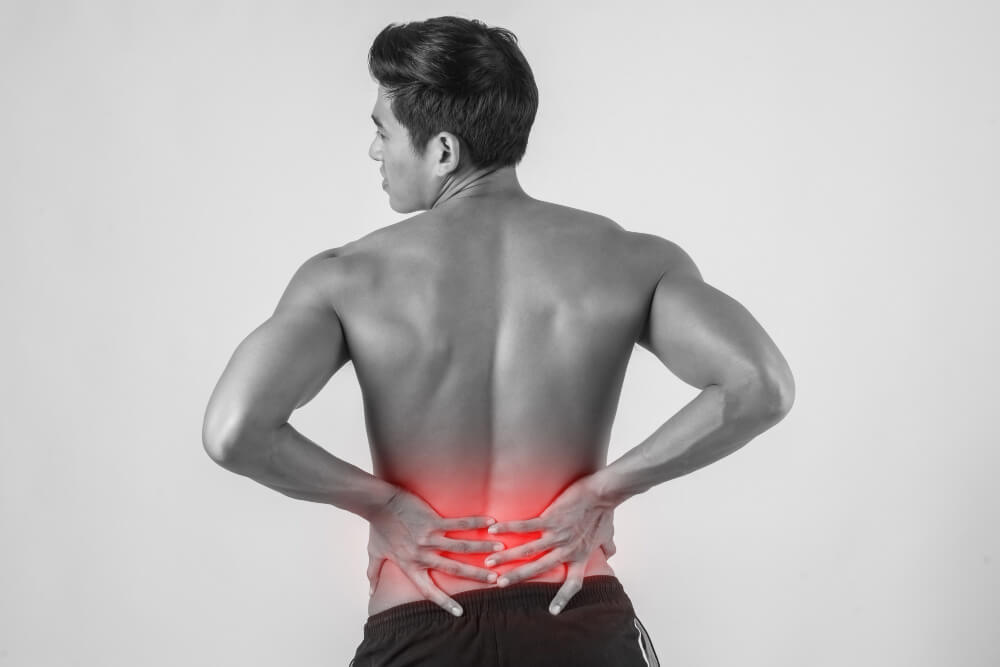Non-Invasive Back Pain Treatment: A Comprehensive Guide
Back pain is a prevalent condition that affects people of all ages. While it can be caused by various factors, including injuries, muscle strain, and degenerative diseases, many cases of back pain can be effectively managed without resorting to surgery. Non-invasive back pain treatments offer a range of options to alleviate pain, improve mobility, and enhance overall well-being.
Understanding Back Pain
Back pain can vary in severity and duration, from occasional discomfort to chronic pain that significantly interferes with daily activities. It can be caused by a variety of factors, including:
- Muscle Strain and Sprains Overuse or improper lifting techniques can lead to muscle strain or sprains in the back.
- Herniated Discs A herniated disc occurs when the soft inner material of a spinal disc bulges or ruptures, compressing nerves.
- Degenerative Disc Disease A natural process of aging that can lead to wear and tear on the spinal discs.
- Arthritis Conditions like osteoarthritis and rheumatoid arthritis can cause inflammation and pain in the back.
- Spinal Stenosis A narrowing of the spinal canal that can compress nerves.
Non-Invasive Back Pain Treatment Options

A variety of non-invasive treatments can be effective for managing back pain. These may include:
- Physical Therapy A specialized form of therapy that focuses on improving strength, flexibility, and range of motion. Physical therapists can design personalized exercise programs to target the muscles and joints involved in back pain.
- Medications Over-the-counter pain relievers and prescription medications can help manage pain and inflammation. However, it’s important to consult with a healthcare professional before starting any new medication.
- Hot and Cold Therapy Applying heat or cold to the affected area can help reduce pain and inflammation.
- Heat Therapy Using heating pads, warm baths, or saunas can relax muscles and improve blood flow.
- Cold Therapy Applying ice packs or cold compresses can help reduce swelling and numb the pain.
- Massage Therapy Massage therapy can help relax muscles, improve circulation, and reduce pain.
- Chiropractic Care Chiropractors can manipulate the spine to improve alignment and reduce pain.
- Acupuncture Inserting thin needles into specific points on the body to stimulate the nervous system and reduce pain.
- Lifestyle Modifications Making changes to your lifestyle, such as improving posture, maintaining a healthy weight, and reducing stress, can help manage back pain.
When to Seek Medical Attention
If you experience persistent or severe back pain, it’s important to consult with a healthcare professional. They can diagnose the underlying cause of your pain and recommend appropriate treatment options.
Red Flag Symptoms If you experience any of the following
symptoms, seek immediate medical attention:
- Sudden, severe back pain
- Loss of bladder or bowel control
- Numbness or tingling in the legs
- Weakness in the legs
The Role of a Pain Management Specialist
A pain management specialist can provide comprehensive care for individuals with chronic back pain. They can:
- Conduct a Thorough Evaluation Assess your medical history, symptoms, and physical examination.
- Develop a Personalized Treatment Plan Tailor a treatment plan to your specific needs and goals.
- Monitor Your Progress Regularly monitor your progress and adjust your treatment plan as needed.
Back pain can significantly impact your quality of life, but there are many effective non-invasive treatment options available. By working with a qualified healthcare professional, you can develop a personalized treatment plan to manage your back pain and improve your overall well-being. Remember, early intervention can often prevent chronic back pain from developing.

